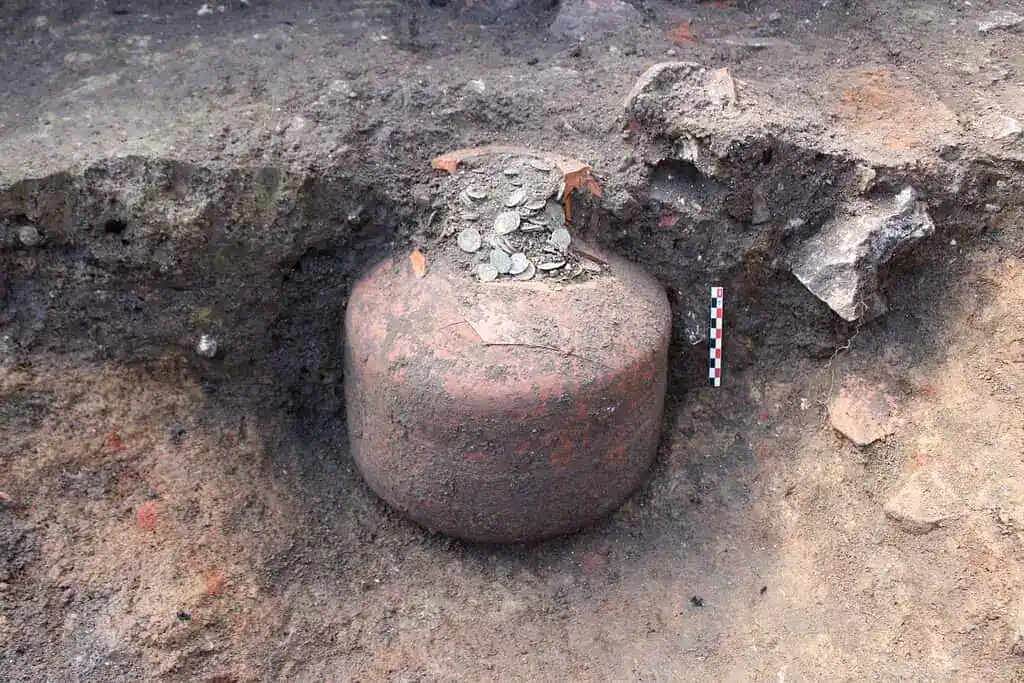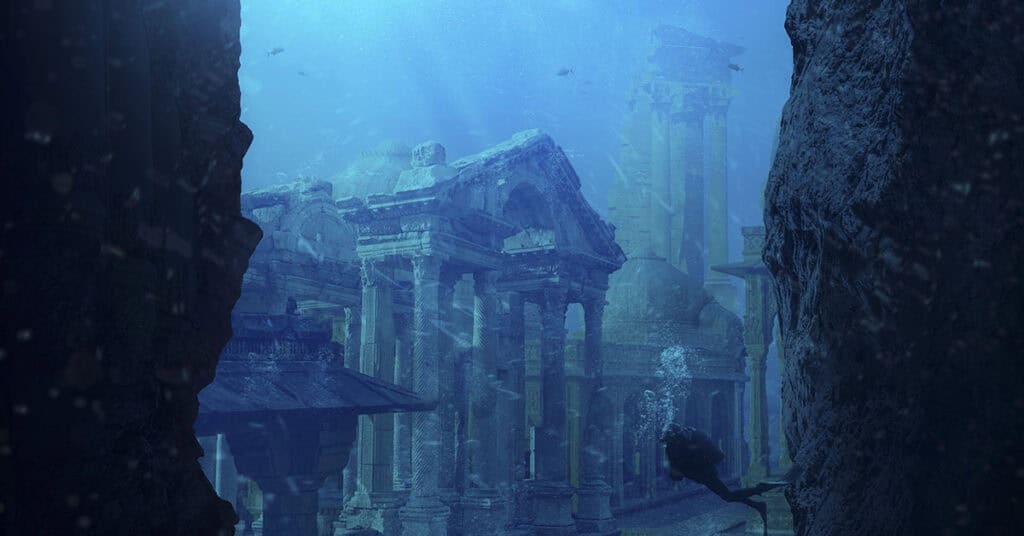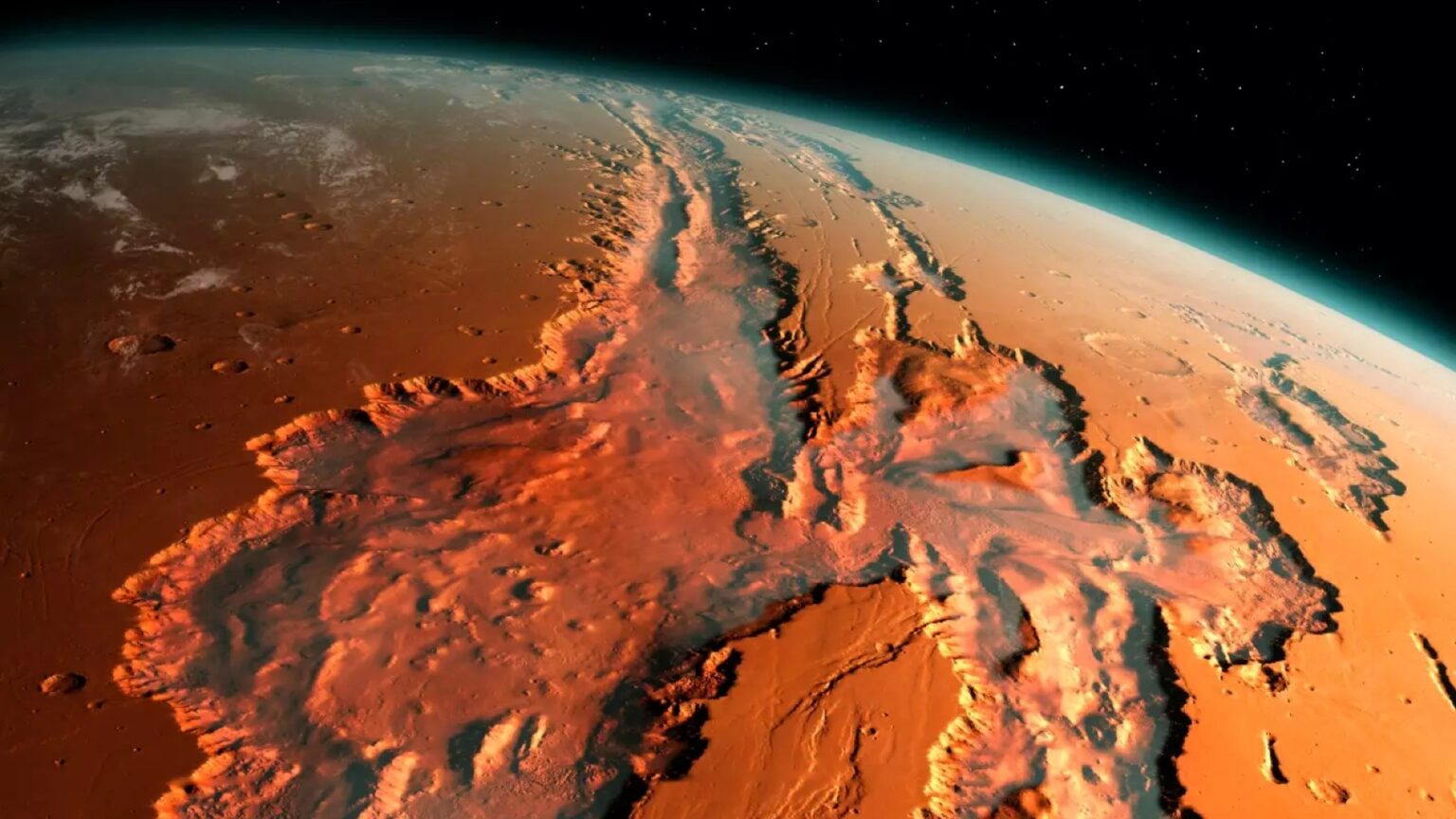SAN FRANCISCO – It could be the end of car charging with the arrival of a diamond battery that lasts 28,000 years and is priceless. The battery market has been giving a lot to talk about in recent times due to the demand. A striking case was that of the vegetable battery produced by forests. However, what we are going to tell you now surpasses anything we have ever seen.
The last few years have been marked by the development of batteries for electric vehicles, a field in which we thought nothing else could surprise us.

However, there is a model that comes to break all the pre-established paradigms. A battery capable of lasting 28,000 years seems like science fiction, but it is real.
The diamond battery we are talking about is made from nuclear waste and promises to last 28,000 years. It is a proposal from the Californian start-up Nano Diamond Battery (NDB), which already has a prototype called “Diamond Nuclear Voltaic”.
In the case of electric vehicles, NBD’s nanobatteries ensure an autonomy of 90 years. The new NDB battery receives its energy from recycled radioactive isotopes that come from nuclear waste, such as radioactive graphite.
Each unit has a single crystalline diamond that absorbs the energy from the isotopes. Since they have a lifetime of several thousand years, their creators guarantee that they will continue to emit energy and the battery will never need to be recharged.
The thermal conduction efficiency of microscopic diamonds acts to draw heat away from the radioactive isotopes as soon as electricity is produced. The polycrystalline diamond layer that acts as the battery cover contains radiation inside.
Its material is harder, up to 12 times stronger than stainless steel. As the Californian company explains, the part is “completely safe” for humans, because the radioactive diamond is wrapped in multiple coatings of “extremely durable” synthetic diamonds.
The synthetic diamonds act as a tamper-proof protective layer to prevent leakage. Moreover, NDB certifies that the radiation levels of a cell are lower than those emitted by the human body, making it safe for use in smartphones or laptops.
In terms of applications, this battery could have a promising future in the aerospace industry, but also in automotive, consumer electronics or medical technology (pacemakers, hearing aids).
For now, the firm sells the battery to commercial partners, including space agencies for long duration missions. No details have been given on the price of this incredible power source, as it is currently in the development phase, making it incalculable.
Although its future is still uncertain, the company speaks on its website of the incredible potential of its part. “Its potential for long-lasting properties and extended longevity is envisioned through the conversion of radioactive decay energy from nuclear waste into usable energy.”
“NDB is envisioned as a small, modular, cost-effective and scalable concept with applications ranging from chipsets to industrial uses.”
In short, the diamond battery could be just what the industry is looking for cars to end their range problem. In the meantime, alternatives are appearing, such as the invention of a user who claims to have created the first electric vehicle that does not need to be recharged.






